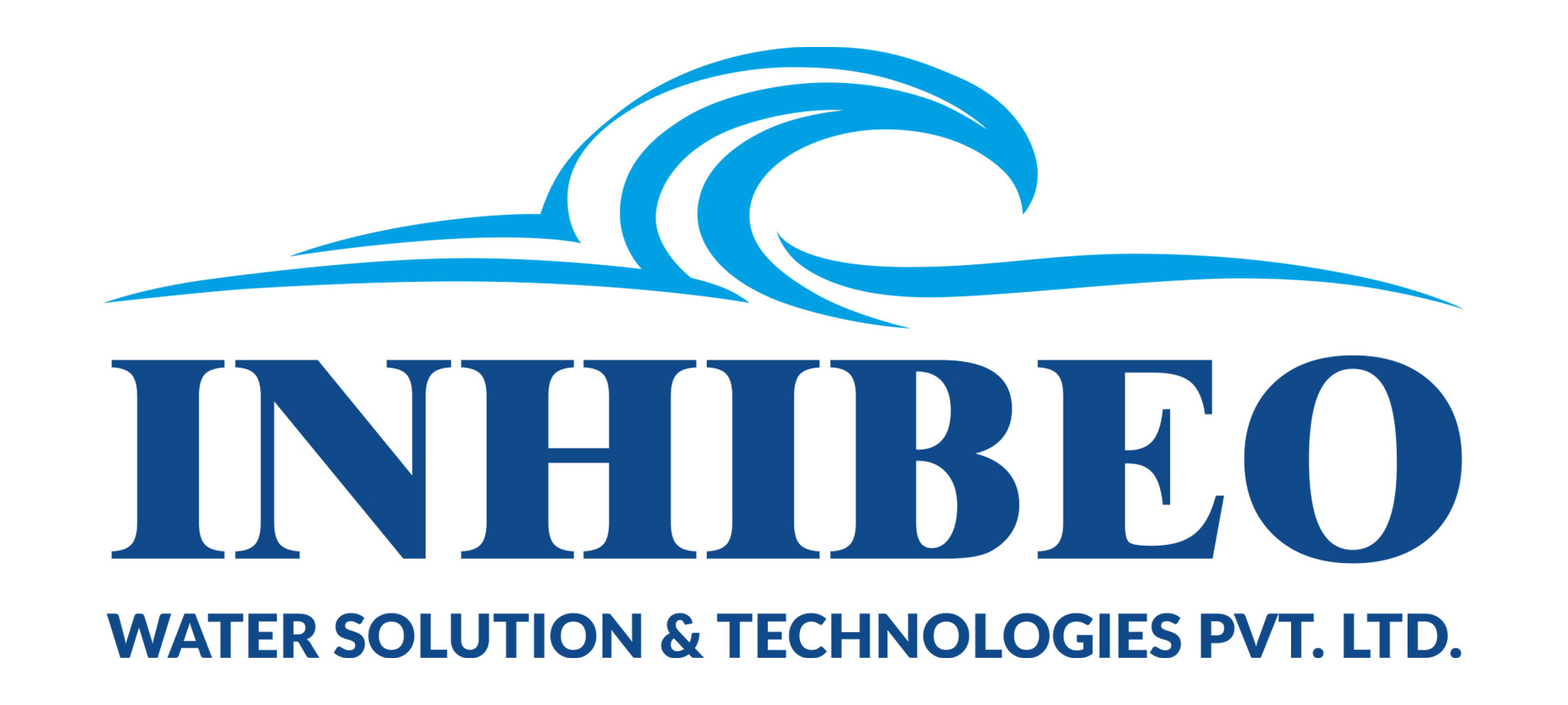Single Effect Evaporator
Home / Single Effect Evaporator
Automatic Single Effect Evaporator Plant, Capacity: 500 to 15, 000 LPH. Traditionally the evaporator heated by direct steam can be arranged as single or multiple-effect. Often live steam is used to heat evaporator in a single stage as evaporation capacity is small or capital investment is critical. Traditionally the evaporator heated by direct steam can be arranged as single or multiple-effect. Often live steam is used to heat evaporator in a single stage as evaporation capacity is small or capital investment is critical.
Capacity: The evaporator’s capacity is usually specified in terms of the rate at which it can evaporate liquid. It can be measured in liters per hour (L/h), gallons per hour (GPH), kilograms per hour (kg/h), or other relevant units. The capacity depends on factors like the type of liquid being processed and the heat source.
Material of Construction: The material used for constructing the evaporator is critical, especially when dealing with corrosive or abrasive liquids. Common materials include stainless steel, carbon steel, and various corrosion-resistant alloys.
Heat Source: Single-effect evaporators require a heat source to provide the energy needed for evaporation. Common heat sources include steam, hot water, or electrical heaters. The specifications should detail the heat source requirements and capacity.
Evaporation Temperature: The temperature at which the liquid is evaporated is a crucial parameter. It depends on the properties of the liquid being processed and the desired concentration level. The specifications should provide information on the operating temperature range.
Condenser Type: Evaporators typically have a condenser to convert the vapor back into a liquid. The type of condenser (e.g., surface condenser, shell-and-tube condenser) and its specifications should be included.
Vacuum System: Some single-effect evaporators operate under vacuum conditions to reduce the boiling point of the liquid. The specifications should detail the vacuum system’s capacity and requirements.
Control System: Modern evaporators often come with sophisticated control systems for temperature, pressure, and flow rate regulation. The specifications should describe the control system’s features and capabilities.
Energy Efficiency: The energy efficiency of the evaporator, often expressed as the steam economy (the ratio of steam used to the evaporated water), is an important specification for assessing operating costs.






